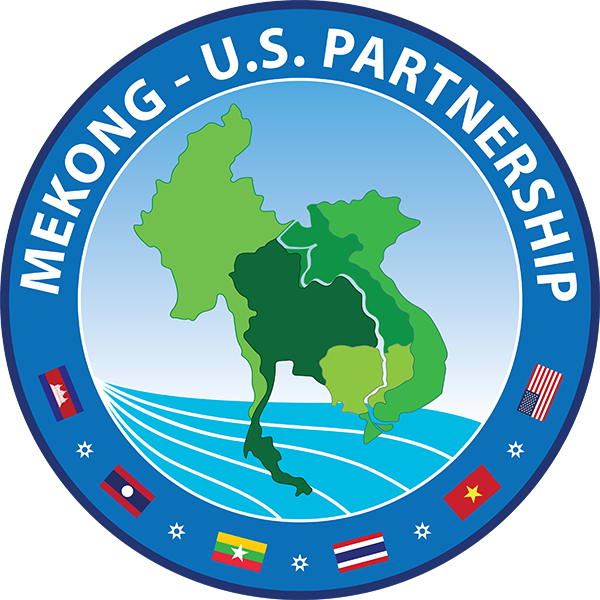Thirty-four experts, academics, and entrepreneurs from Laos, Cambodia, Vietnam, and Thailand gathered to discuss how to create a cleaner, more efficient stove during the Stove Design & Testing Workshop in Vientiane, Laos on March 14-16. Participants shared methods to design, evaluate, and commercialize improved-stoves that use less fuel and produce less smoke.
Exposure to smoke from traditional cookstoves and open fires—the primary means of cooking and heating for nearly three billion people in the developing world—causes 1.9 million premature deaths annually, with women and young children the most affected. Cookstove smoke contributes to a range of chronic illnesses and acute health impacts such as early childhood pneumonia, emphysema, cataracts, lung cancer, bronchitis, cardiovascular disease, and low birth weight. In Laos, diseases caused by cookstoves kill more people per year than car crashes or malaria.
Governments and NGOs across the Lower Mekong Region are increasingly aware of the links between cookstoves and health and productivity, with Thailand and Cambodia already actively invested in more efficient cookstove projects, and a key objective of the Vientiane workshop was to build networks between major regional stakeholders in this issue. The workshop was the also the first step in a phased process that will eventually lead to the distribution of 500,000 improved stoves over the next eight years in Laos.
The workshop was co-sponsored by the Laos Institute for Renewable Energy (LIRE), the Dutch development organization SNV, the Partnership for Clean Indoor Air (PCIA), the Association of Southeast Asian Nations (ASEAN), USAID, the U.S. Environmental Protection Agency, and the U.S. Department of State’s Lower Mekong Initiative program. Participants included three American facilitators from the Aprovecho Research Organization based in Oregon, a biology professor from Thailand who has trained over 500 entrepreneurs on the business of producing clean stoves, a stove manufacturer from Vietnam, the Deputy Chief of the Renewable Energy Office of Cambodia, and academics from technical and agricultural colleges from three provinces in Laos who will be responsible for quality-control testing of clean stoves produced in Laos.
The workshop was the first of its kind in Laos, although throughout the Lower Mekong Region awareness of the health benefits of cookstoves has been steadily increasing. A wide range of governments, development agencies, and NGOs are devoting attention and funding to the issue. In September 2010, U.S. Secretary of State Clinton announced the Global Alliance for Clean Cookstoves, a multi-agency, public-private partnership devoted to addressing the issue. Locally, Thailand has announced a goal of distributing over 128,000 improved stoves by 2012. Cambodia has distributed over a million improved-stoves during the past decade. In Laos and Vietnam, these programs are still in the earliest stages. In Laos’ Savannakhet Province, the Dutch group SNV is beginning a project funded through carbon credits with the goal of distributing 500,000 stoves within the next 8 years.
Following completion of the workshop, the Lao participants and colleagues from SNV journeyed to Savannakhet Province, for an additional week of testing and evaluating the improved stove design which SNV plans to mass-distribute in Laos. SNV field director Bastiaan Teune said his organization has a long-term action plan to train Lao stove manufacturers on how to produce improved stoves, use testing agencies to ensure quality, and mobilize the Loa Women’s Union to educate and inform stove buyers on the advantages of improved stoves. His organization aims to distribute half a million stoves over the next eight years.
Workshop participants praised the event, in particular the opportunity to network with colleagues from other countries. Several participants inquired as to whether additional workshops could be scheduled in the near future.
Source URL: http://laos.usembassy.gov/stoves_march17_2011.html
 Mekong - U.S. Partnership
Mekong - U.S. Partnership


